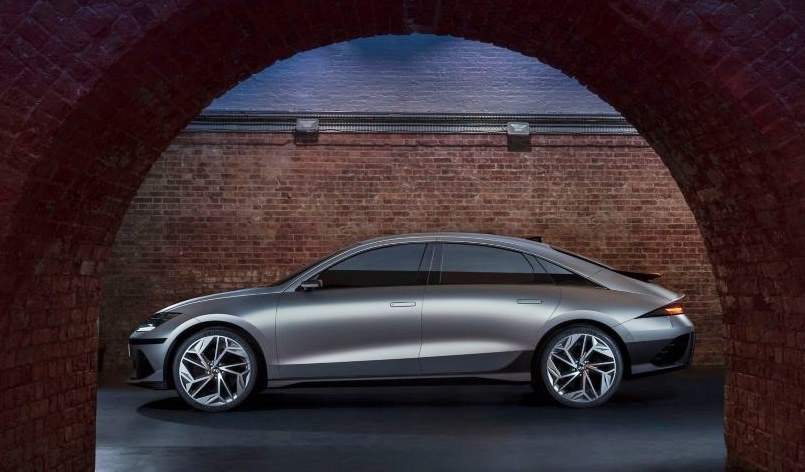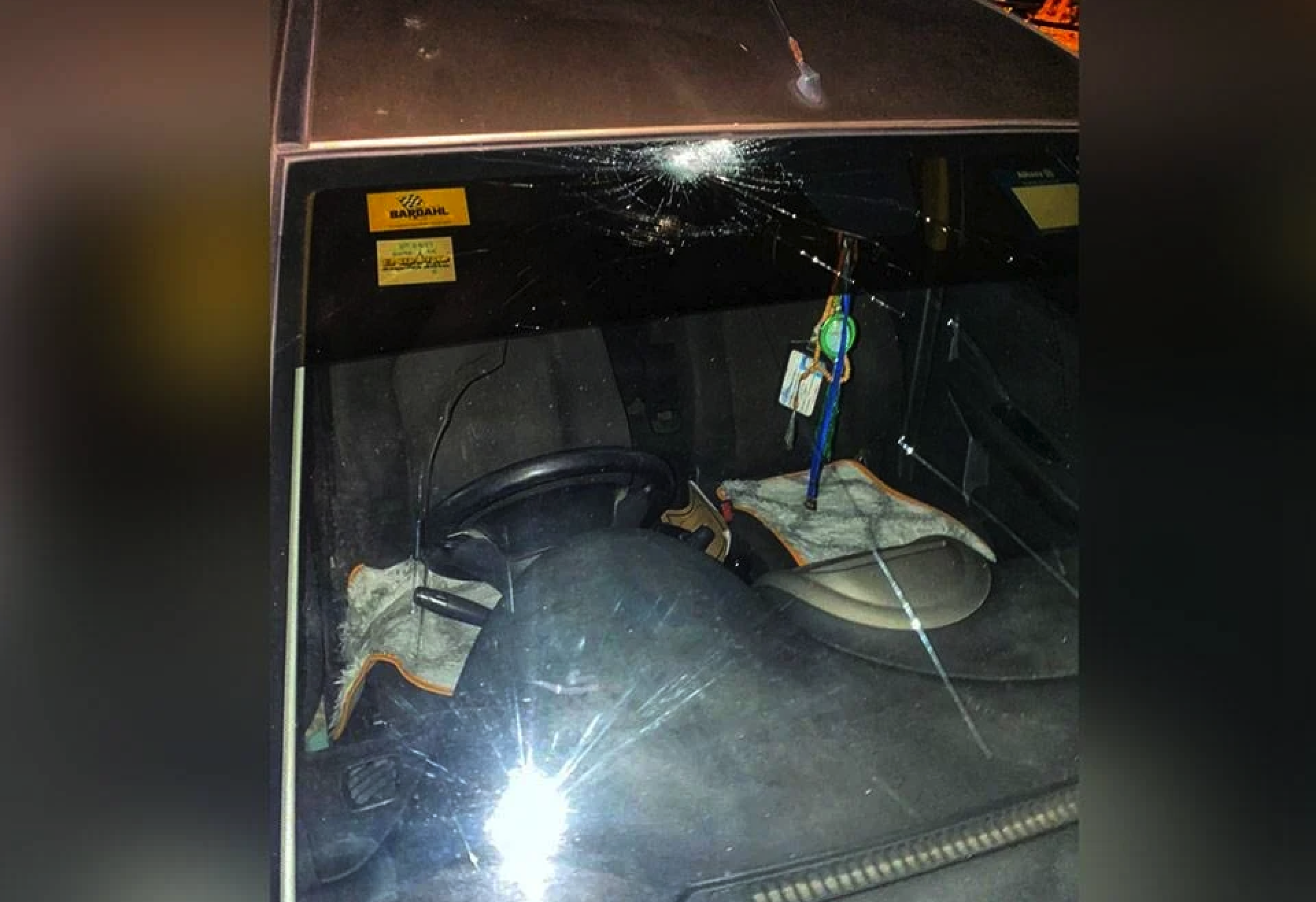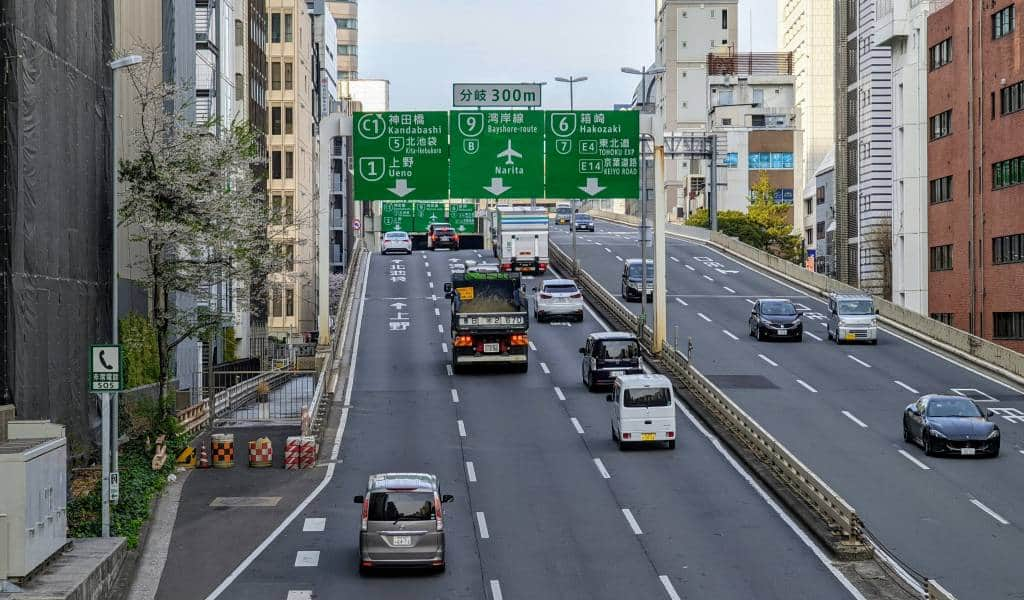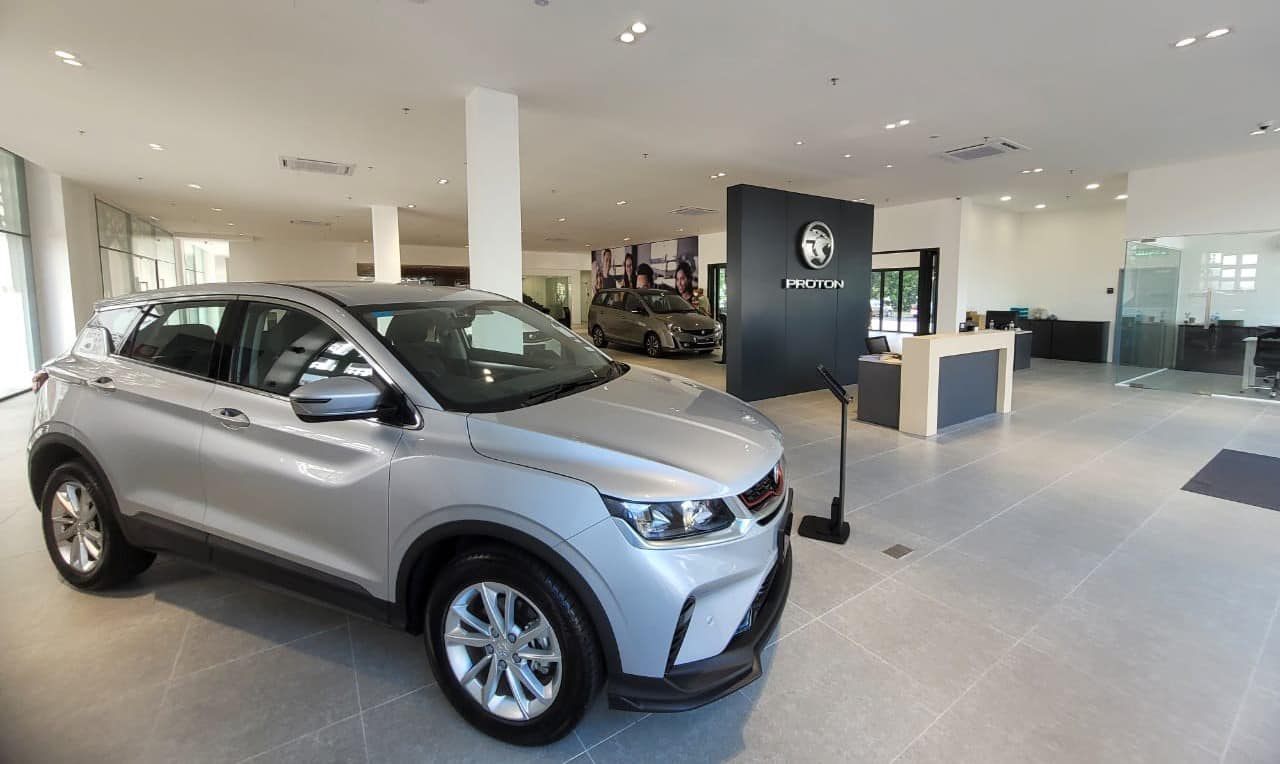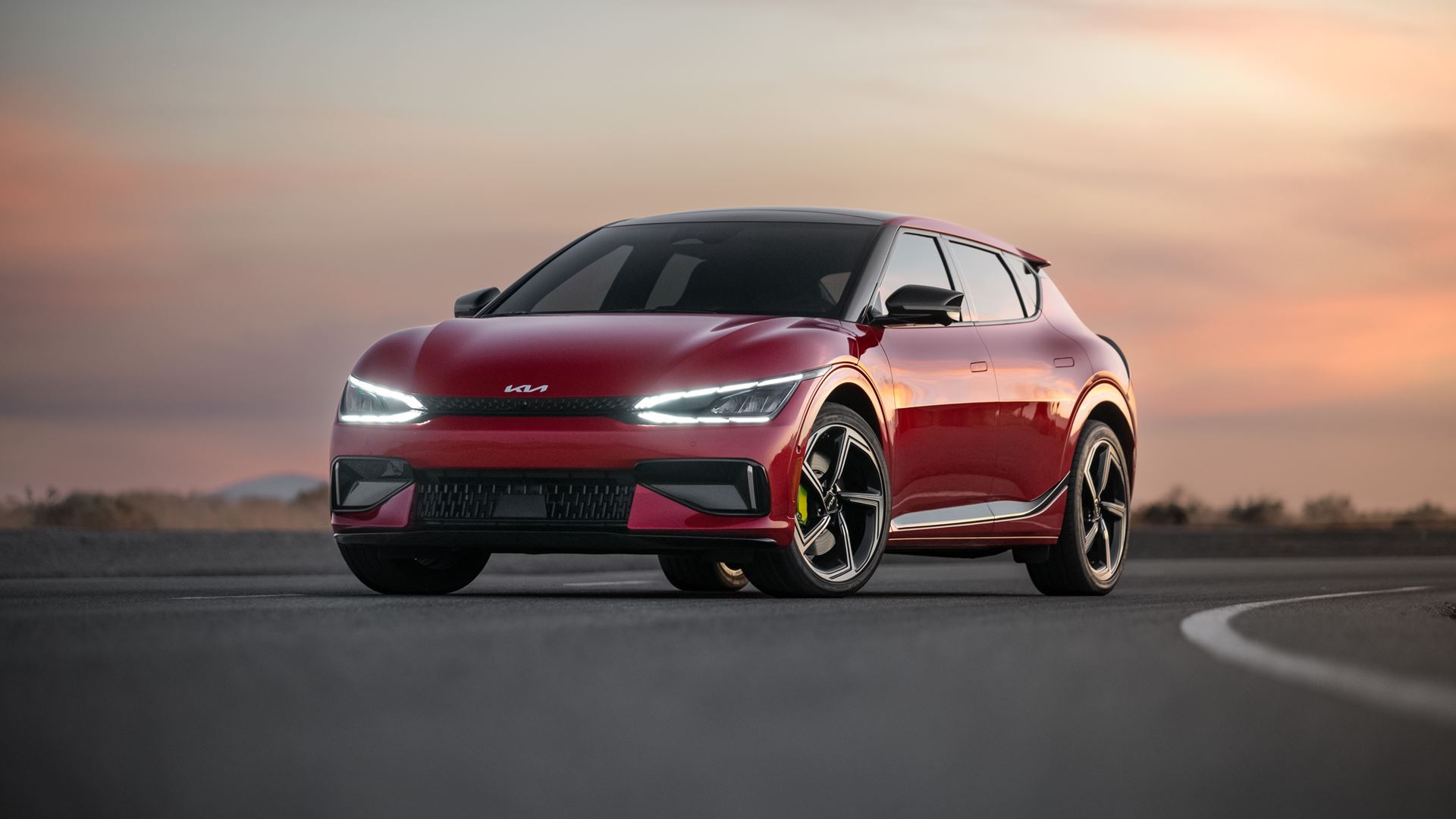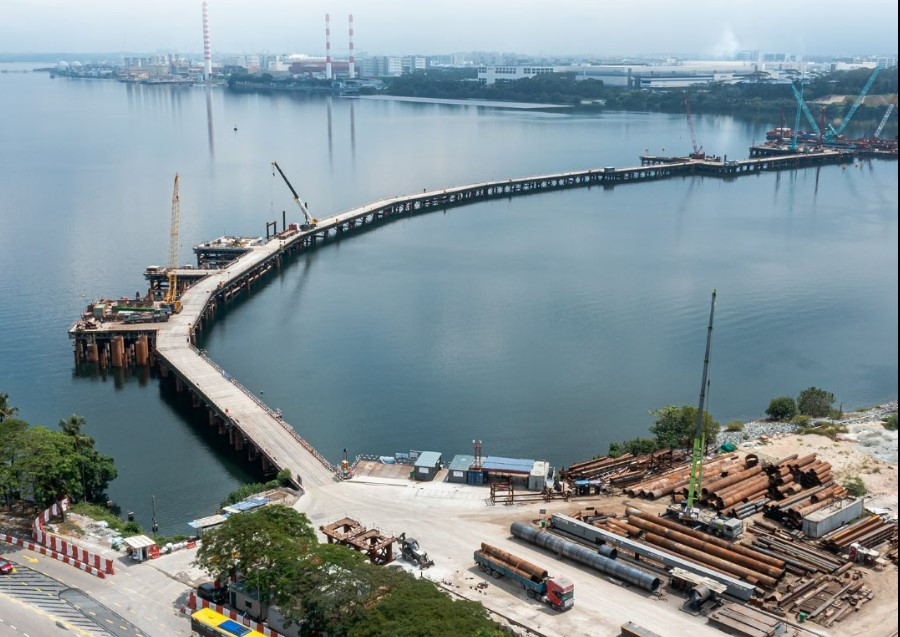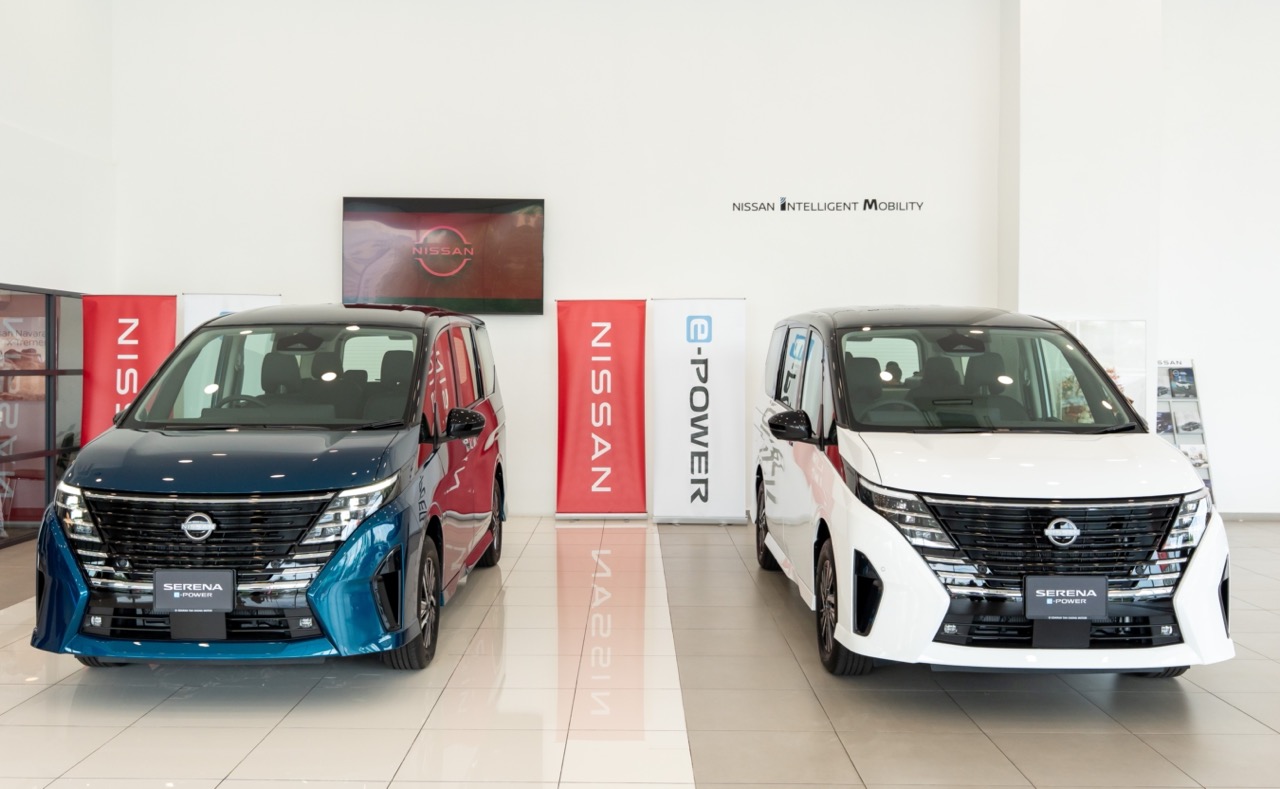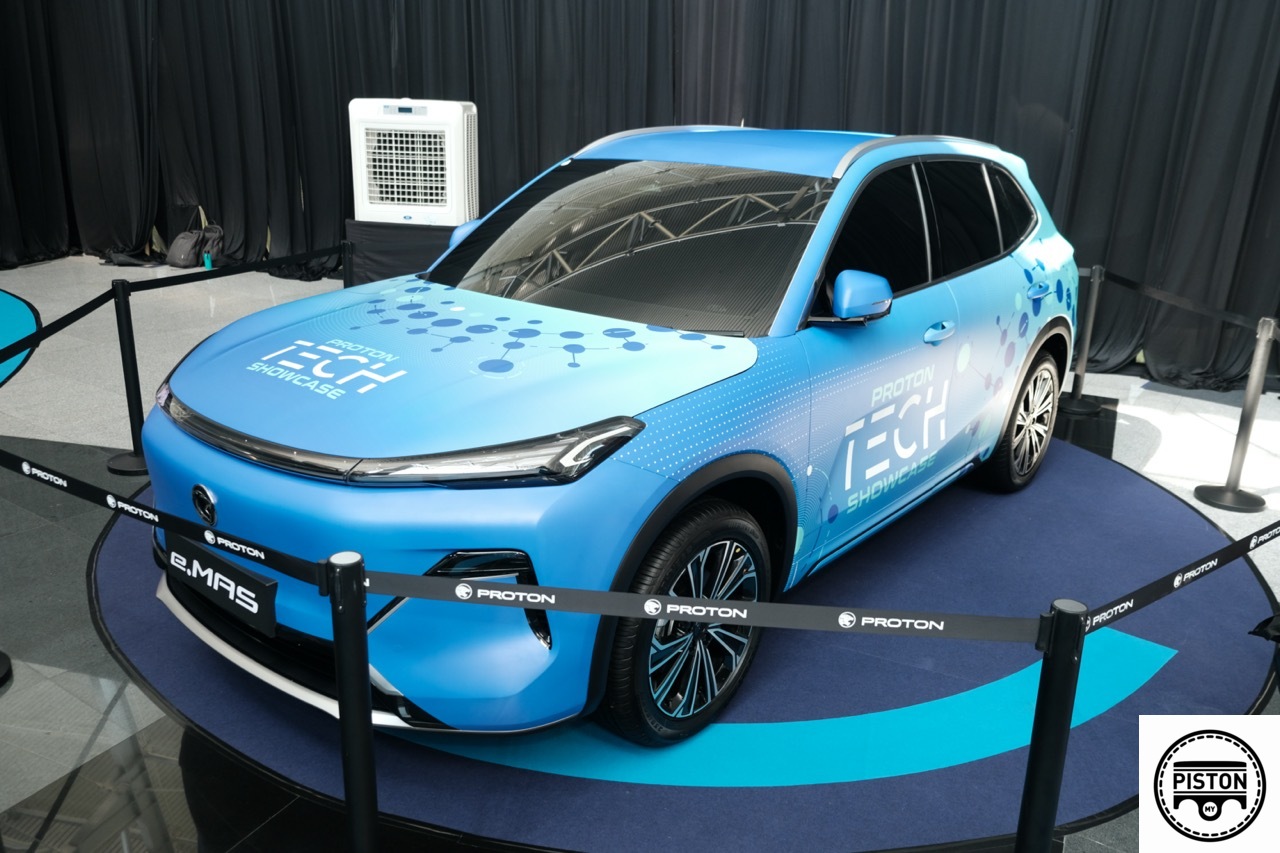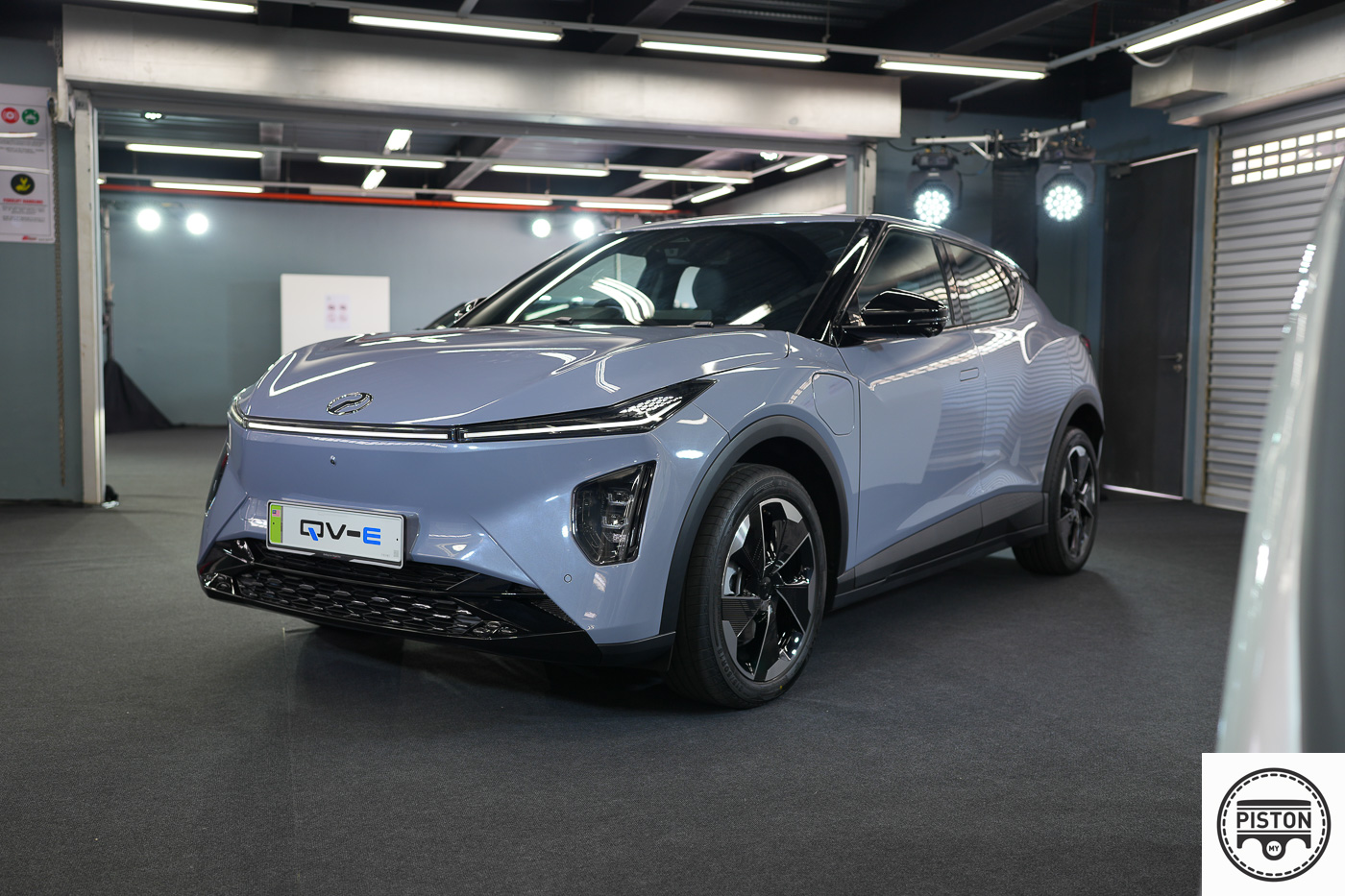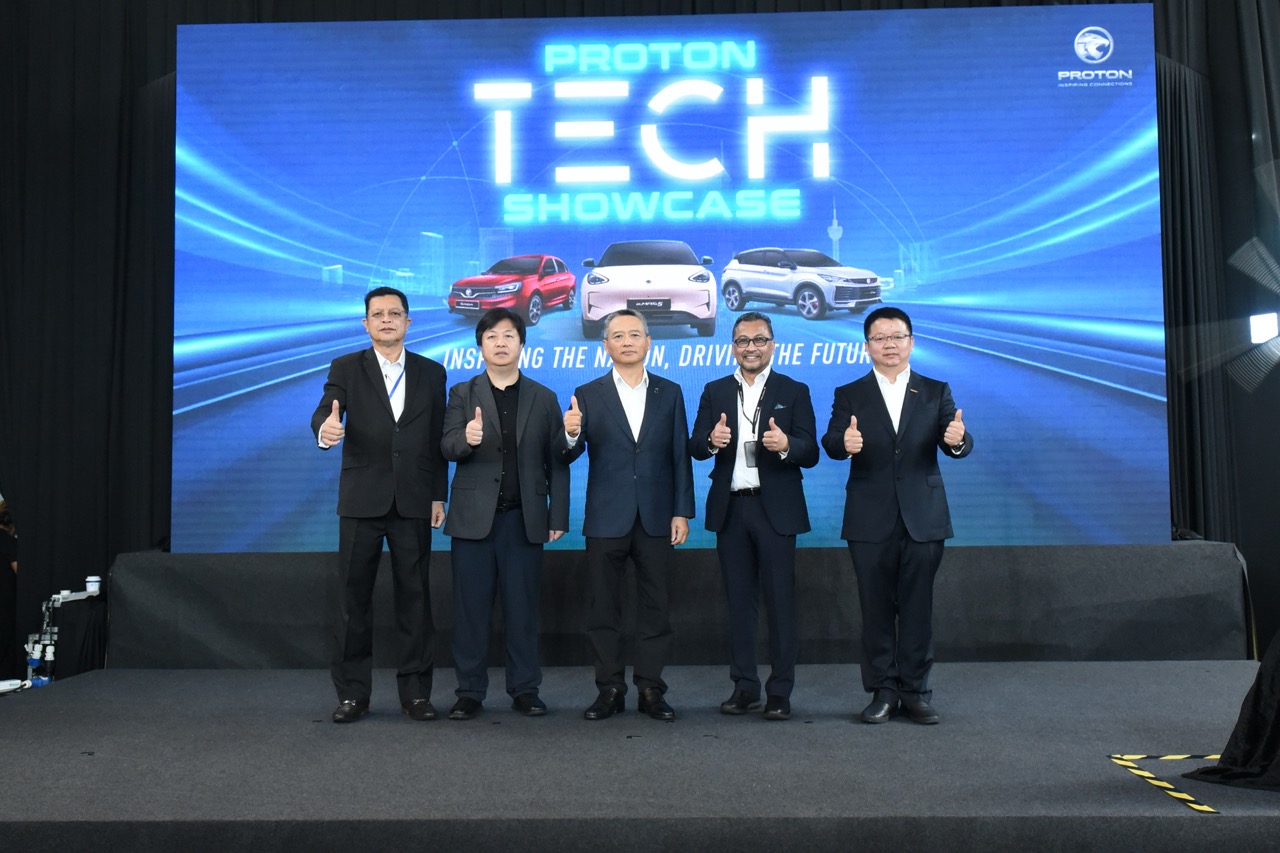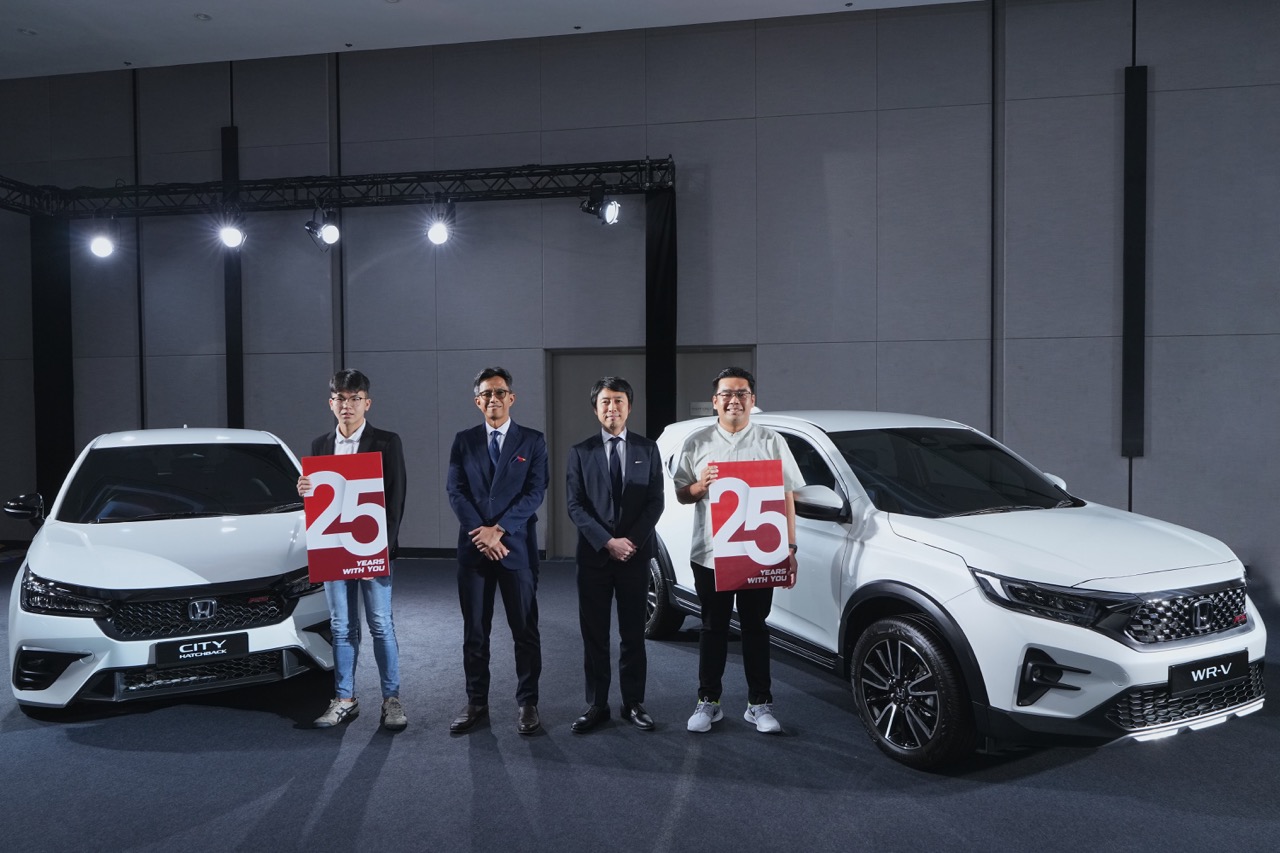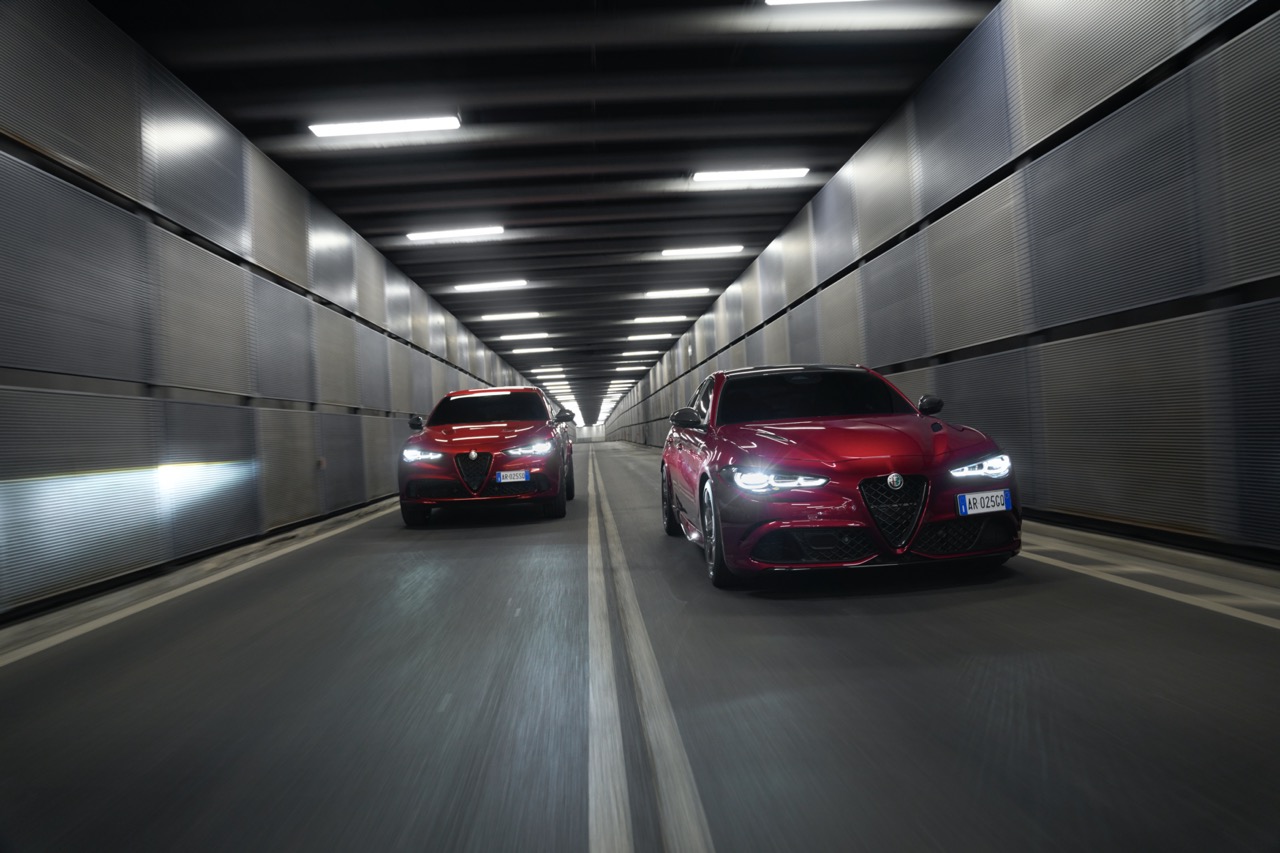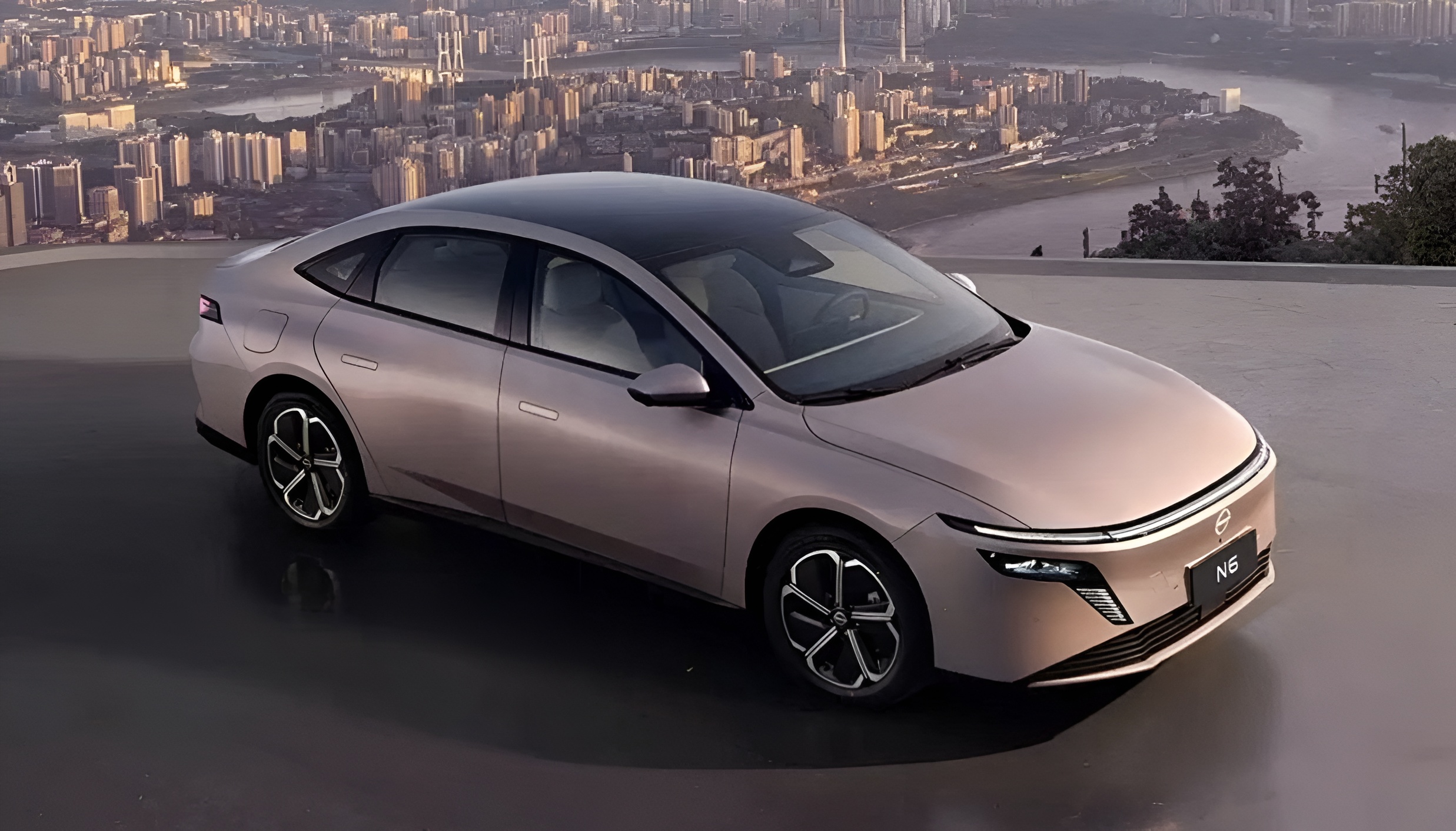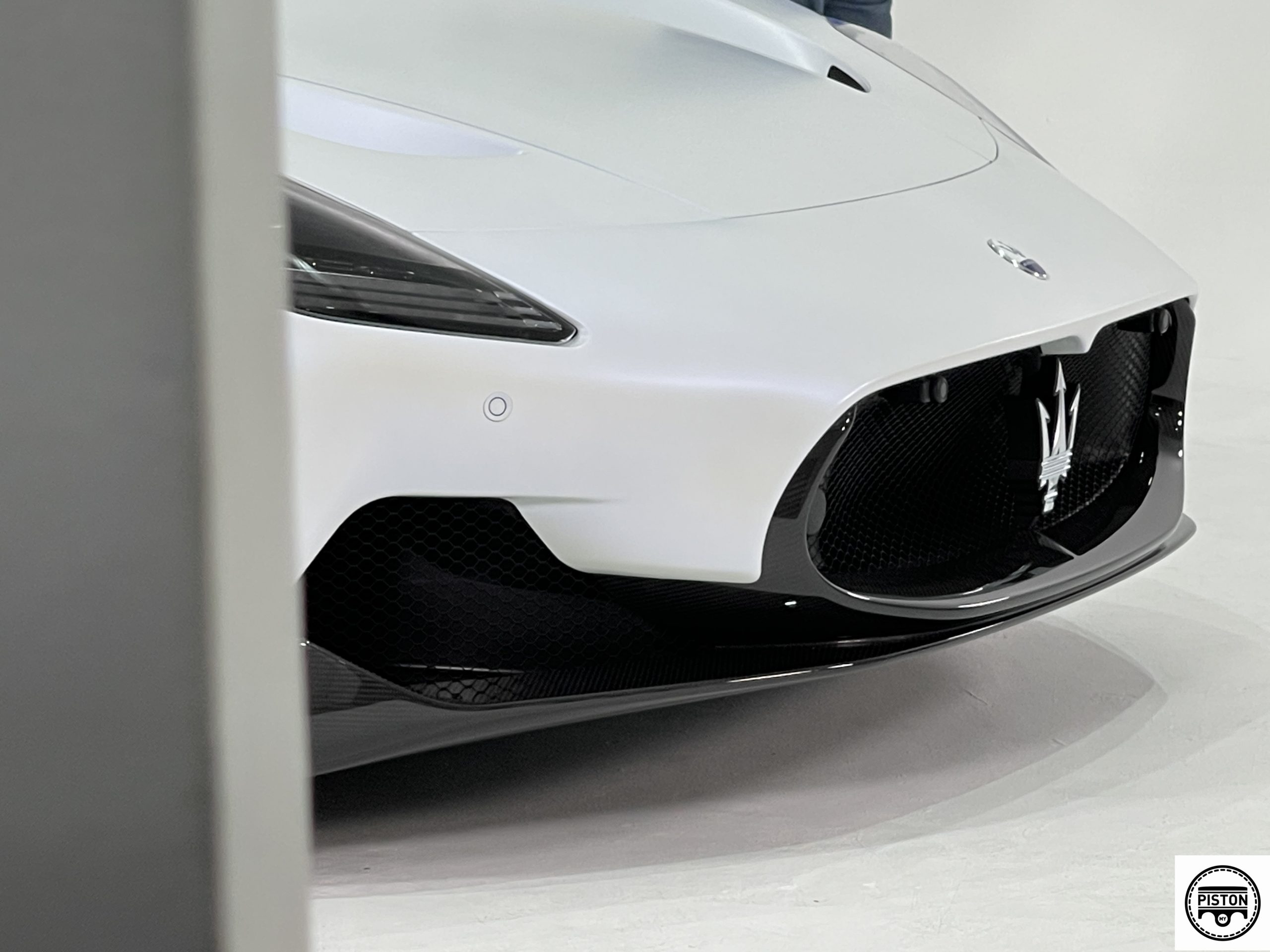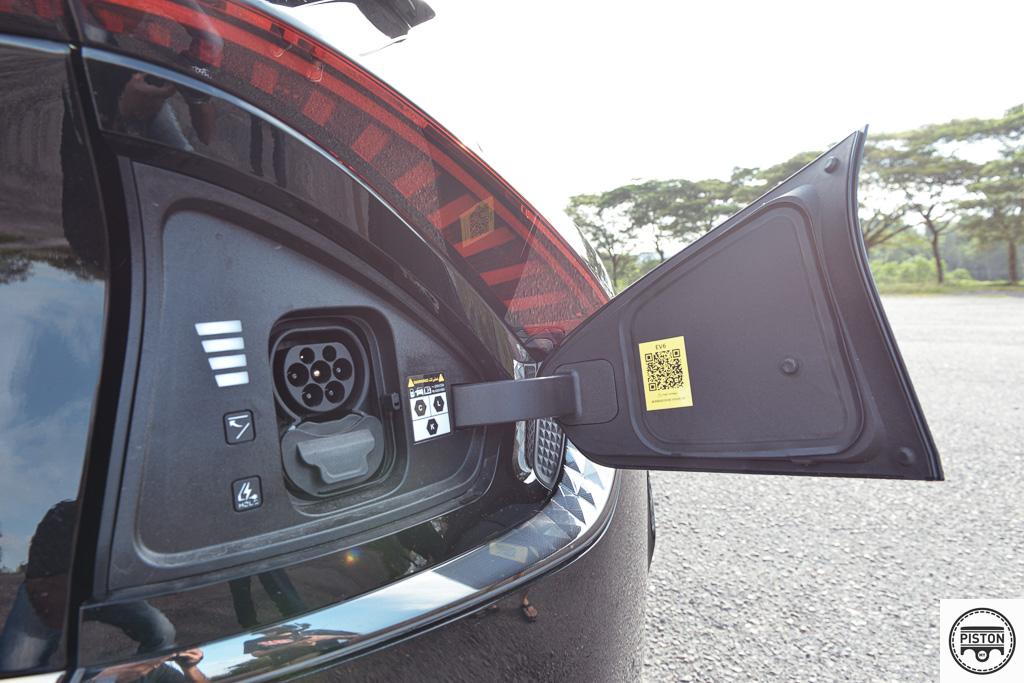Hyundai Motor’s IONIQ 6 has won the 2023 World Car of the Year (WCOTY) title, as well as the World Car Design of the Year and World Electric Vehicle awards. The Hyundai Motor Group also collected another award for the Kia EV6 GT which won the World Performance Car title.
The IONIQ 6 – also known as the ‘Electric Streamliner’ – beat the other finalists which included the BMW X1/iX1 and the Kia Niro for the overall title. The IONIQ 6 was one of 21 original vehicles that were in contention for the 2023 WCOTY awards in the 19th year of the event.
This is the second consecutive triple win for the Hyundai Motor Group as the IONIQ 5 was last year’s winner in the same three categories.
(more…)
